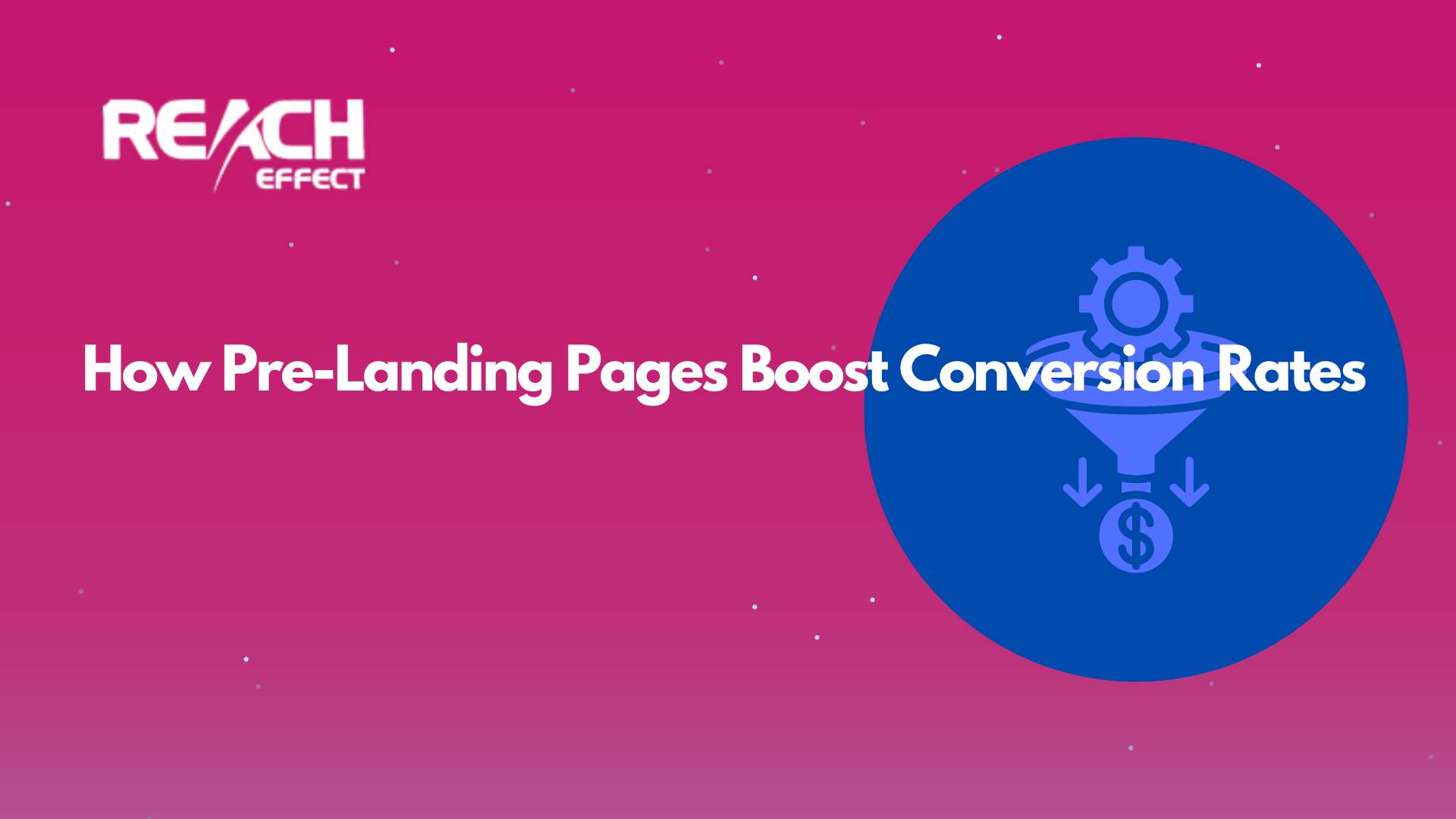Affiliate marketing is an exciting way to earn money by sharing products or services you love. But to make the most of it, you need to know how your efforts are paying off. That’s where tracking affiliate links becomes so important. We covered in a previous article what are tracking links.
In this article, we’ll walk through how to track affiliate links using the best methods out there. Whether you’re new to this or want to improve your skills, understanding affiliate link tracking can help you grow your income. Let’s explore this step by step and make it simple and fun.
What Are Affiliate Links?
Affiliate links are special web addresses that include a unique code tied to you as the marketer. When someone clicks your link and buys something, you earn a commission.
Pretty cool, right? But here’s the catch: without tracking, you won’t know which links are bringing in the cash. Tracking affiliate links shows you how many clicks they get, how many turn into sales, and where your audience is coming from. This information is gold because it helps you figure out what’s working and what needs a tweak.
Why Affiliate Link Tracking Matters
Picture this: you’re running a lemonade stand, but you don’t know how many cups you’re selling or who’s buying them. Tough to make it a success, isn’t it? Affiliate marketing is similar. If you don’t track your links, you’re guessing your way through. Affiliate link tracking gives you clear data to see which strategies are hitting the mark. It lets you spot your best-performing links, learn more about your audience, and make smart choices to boost your earnings. It’s like having a roadmap to success.
Top Methods to Track Affiliate Links
There are plenty of ways to keep tabs on your affiliate links. Each method has its own perks, so you can pick what fits your style. Let’s dive into the best ones.
1. Using Affiliate Network Tools
Most affiliate programs, like those big networks you’ve probably heard of or VPN affiliate programs, come with built-in tracking systems. These tools let you check clicks, sales, and earnings right from your account dashboard. It’s super easy since there’s no extra setup involved. You just log in and see the numbers. The downside? The details might not be as deep as other options. Still, if you’re starting out, this is a solid and simple way to get going with tracking affiliate links.
2. Adding URL Parameters
Want a quick way to see where your clicks are coming from? Try adding URL parameters. These are little tags you tack onto your link, like “?source=twitter” to show clicks from Twitter. It’s a breeze to set up and great for keeping track of different places you’re sharing your links. The data isn’t super detailed, but it’s enough to tell you which channels are sending traffic your way. This method is perfect if you like keeping things straightforward.
3. Third-Party Tracking Tools
For those ready to level up, third-party tools are a game-changer. These are platforms built just for affiliate link tracking, packed with features like link cloaking (to make your URLs look neat) and in-depth stats on how your links perform. Some even let you test different link versions to see what works best. Sure, they might cost a bit, but the insights can really pay off. If you’re serious about growing your affiliate game, these tools are worth a look.
4. Google Analytics
Google Analytics is a powerhouse you can tap into for tracking affiliate links. By adding UTM parameters (like “?utm_source=email”) to your URLs and setting up goals, you can see exactly how your links are doing. It tells you about traffic sources, what your visitors do on the site, and how many clicks lead to sales. It takes a little effort to get started, but once you do, the data is incredible. If you’re comfortable with a bit of setup, this is a fantastic option.
5. Building Your Own Tracking System
Feeling tech-savvy? You could create your own custom tracking solution. This might mean setting up a system to log clicks and sales yourself or tying it into your website. It’s the most flexible way to track affiliate links because you control everything. But it’s not for everyone, it takes time and some know-how. If you’re running a big operation or have unique needs, this could be your perfect fit.
Picking the Best Method for You
So, how do you choose? It depends on where you’re at with affiliate marketing. If you’re new, start with your affiliate network’s tools or URL parameters they’re easy and free. As you get more comfortable, third-party tools or Google Analytics can give you richer details. Think about what you need from your data and how much time you want to spend setting things up. The goal is to find a method that makes tracking affiliate links feel manageable and useful for you.
Tools to Boost Your Tracking
There are tons of tools out there to help with affiliate link tracking. While we won’t list specific names, look for ones that offer cool features like hiding your links for a cleaner look, breaking down your stats, or even showing different links based on where your audience is.
Some integrate with other platforms you might use, making everything work together smoothly. Curious about options? Platforms like Reacheffect can tie into your tracking efforts, helping you manage your campaigns with ease. Pick a tool that matches your budget and goals.
Tips for Tracking Success
Once you’ve got a method in place, a few habits can make your tracking even better.
- Stick to a System: Use the same names for your tags, like “instagram” for all Instagram traffic. It keeps your data tidy and easy to sort through.
- Check It Works: Test your links now and then. Click them yourself and see if the numbers show up where they should.
- Use the Info: Look at your data to spot trends, like which links get tons of clicks—and tweak your plans based on what you find.
- Follow the Rules: Keep privacy laws in mind, like making sure your tracking fits with regulations. It’s all about being respectful to your audience.
- Connect Your Tools: If you can, link your tracking to things like your email system for a bigger picture of what’s happening.
Wrapping It Up
Mastering how to track affiliate links is a must for anyone wanting to shine in affiliate marketing. With the right methods, you can see exactly what’s working and make choices that grow your profits. Whether you go with network tools, URL tags, or something more advanced like Reacheffect to streamline your efforts, starting to track is the first step. Use these tips and methods to get a handle on affiliate link tracking, and watch your marketing take off. You’ve got this!










